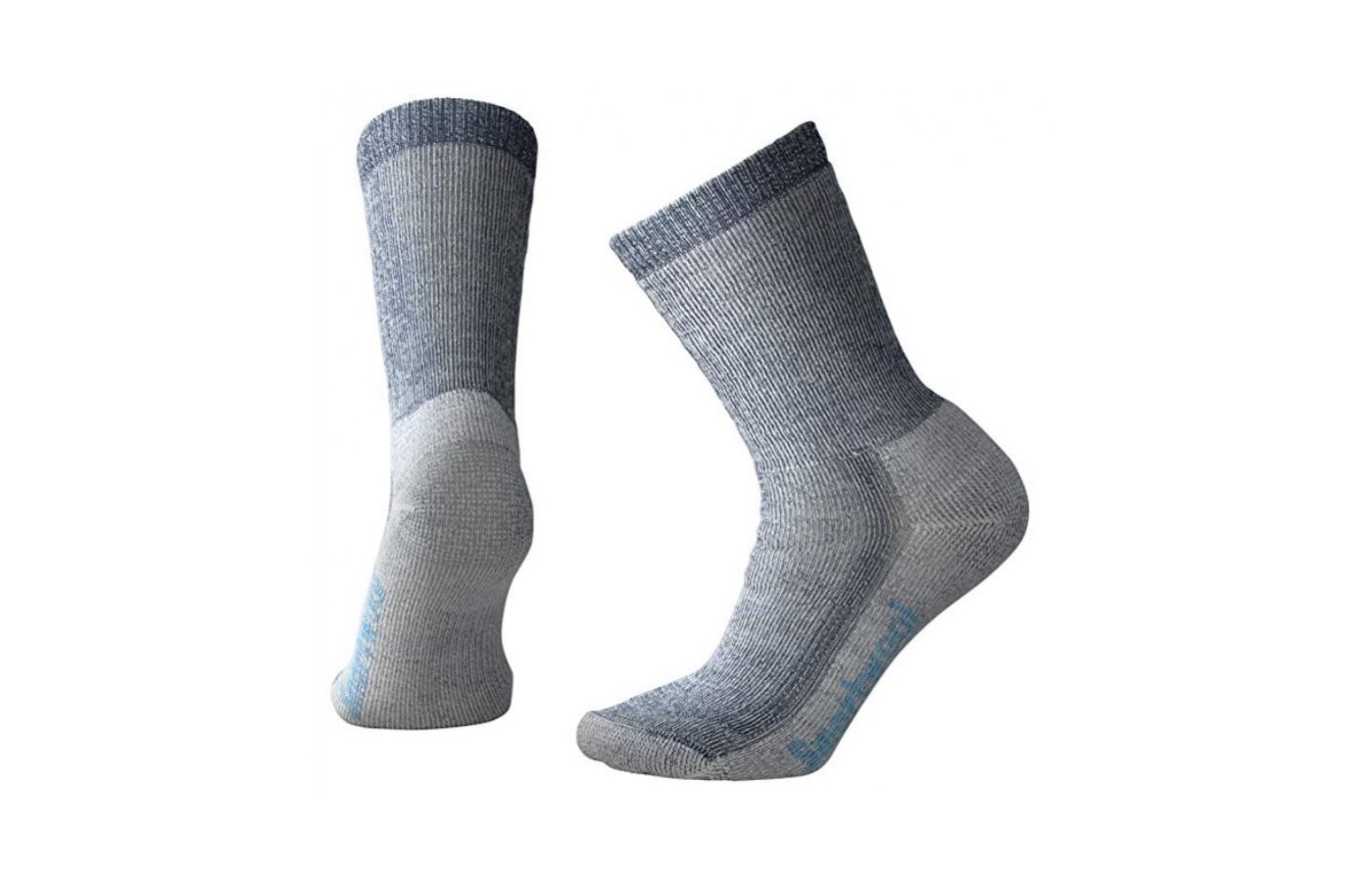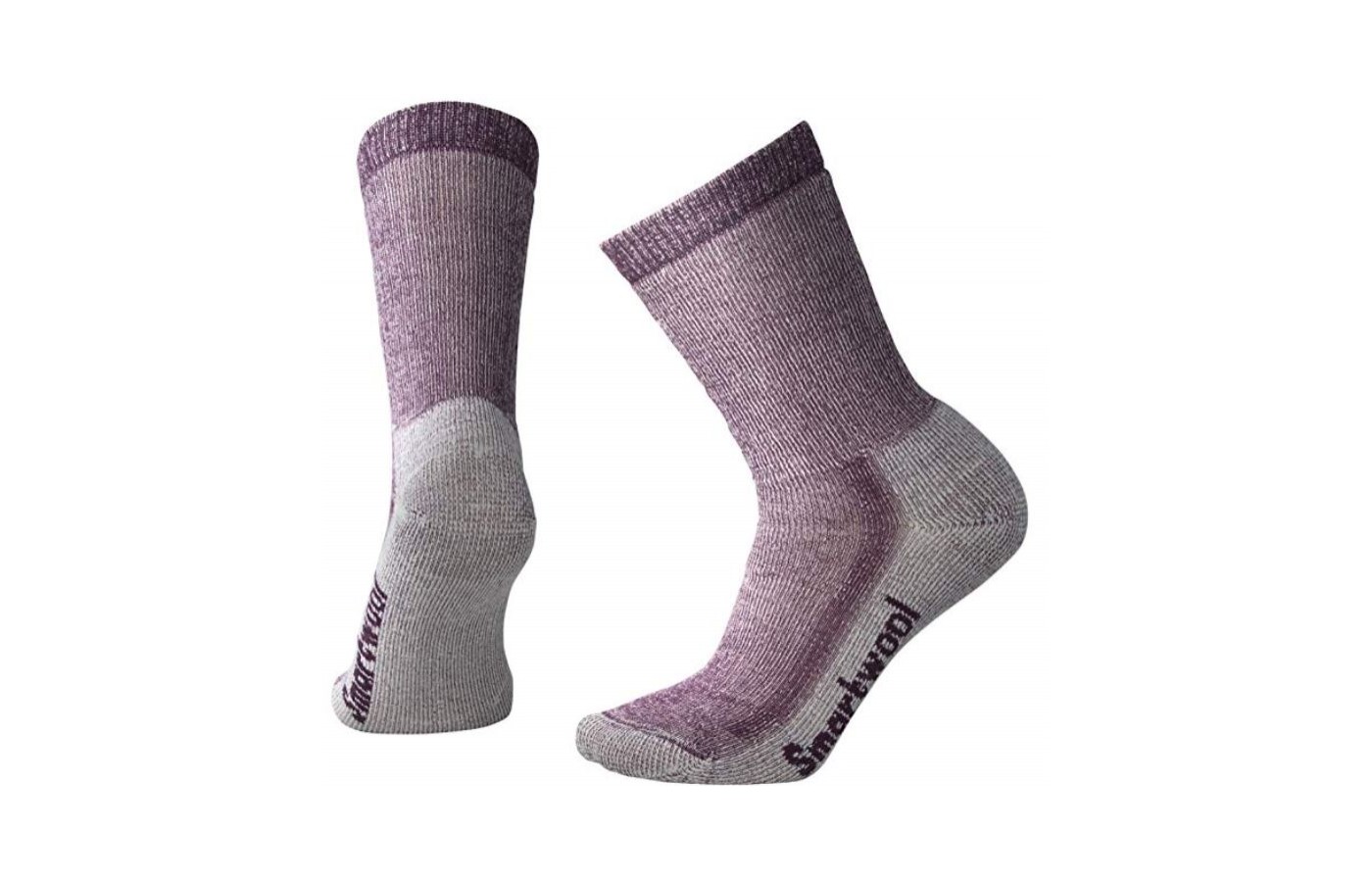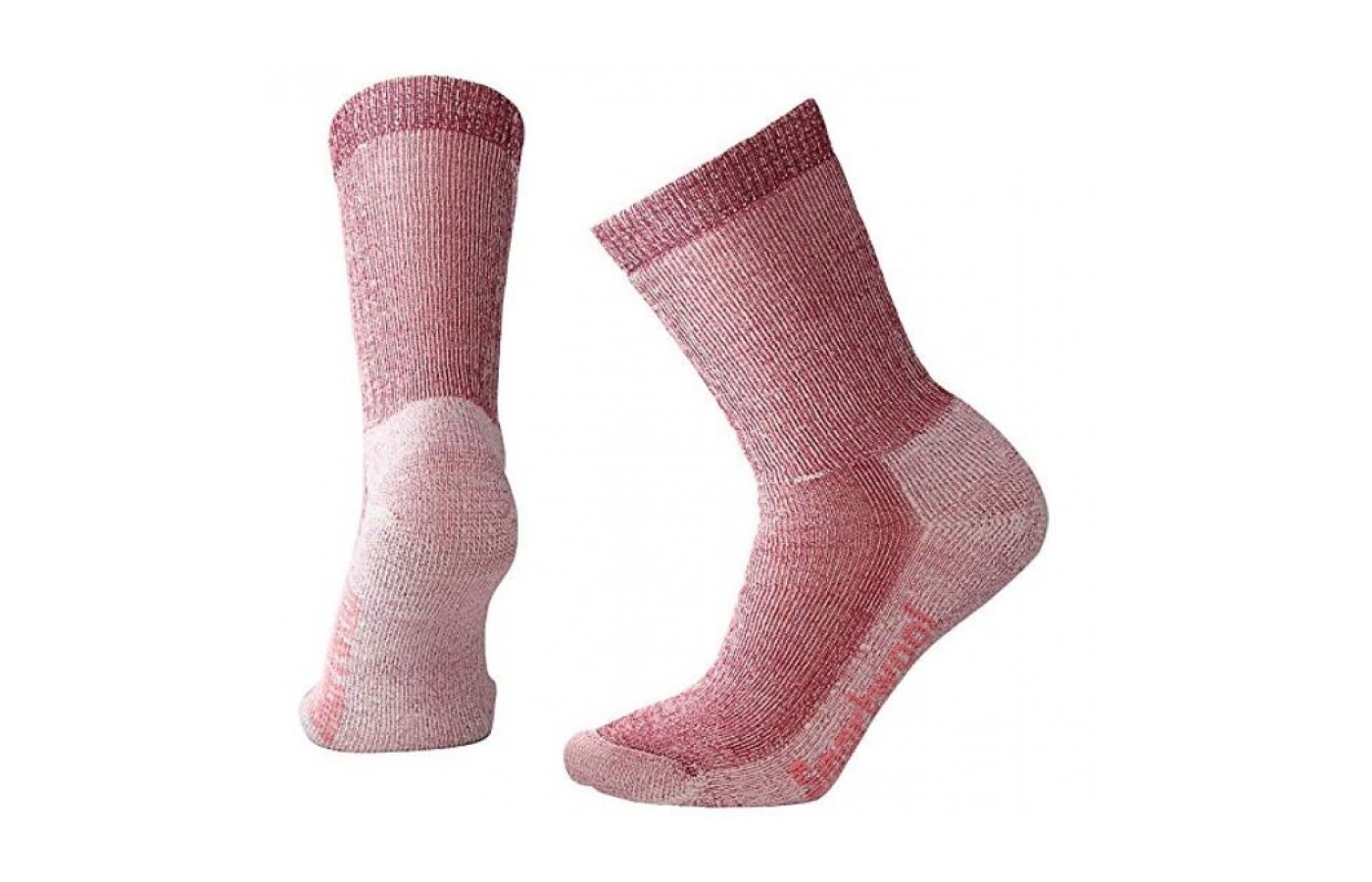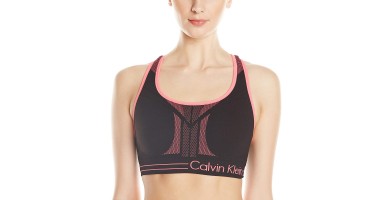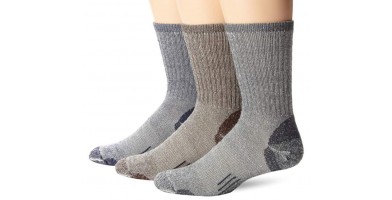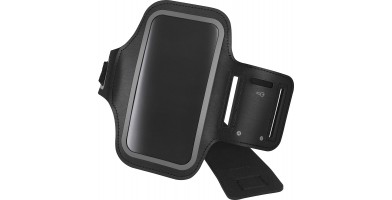Smartwool Hiking Socks Reviewed
What’s the first thing that comes to mind when you hear the word “wool”? Already, you might be cringing at the flashbacks of itchy wool sweaters or socks you’ve worn in the past. Or you might be thinking of freezing cold winters, which is the only time you deign to put on those scratchy garments for the sake of not freezing your toes off.
But the Smartwool Hiking Socks aren’t like that. Made with a blend of ultrafine, high-quality Merino wool and lightweight synthetics, it’s soft against the skin. The thermoregulatory of the material keeps you comfortable during winter and summer. What’s more, they provide arch support, are affordable, and come in a variety of colors.
Their main downside is their inaccurate sizing. In addition, its support and insulation is not sufficient for intense outdoor activity or heavy winters. But as camping or hiking socks, the Smartwool Hiking Socks are a great choice.
- Merino wool
- Affordable
- Arch support
- Thermoregulating
- Heel/foot cushioning
- Size runs large
- Not anatomical
- 34% synthetics
Brand
Since then, they’ve incorporated the material in almost every single one of their products, including T-shirts, hoodies, and bottoms like the Merino 250. Today you can find many different companies selling socks made of Merino wool but Smartwool was the first outdoor company that started it.
Suitability
Wear them for trekking, camping, or light backpacking in spring, summer, fall, and light winters. For heavy-duty insulation, look instead to socks designed for harsh winters. For lighter ones, look for those labeled ‘light’ on Smartwool’s online site.
Material
Merino wool is the wool grown naturally by Merino sheep. It has much more beneficial properties than typical wool. Some of the key benefits are that it is soft and thermoregulating. We’ll explain both of these in more detail in the next few sections.
Keep in mind that the Smartwool Hiking Socks are made of a blend of materials. Only 66% is Merino wool, with 33% nylon and 1% spandex incorporated as well. The synthetics make it lighter, stretchier, and cheaper, though it also brings some detriments (see ‘Size’).
Comfort
The material renders them super soft. The diameter of Merino wool ranges from 11.5-24 microns - in other words, it’s microscopic. This ultra-fine wool is high quality and feels super soft against the skin, unlike old-fashioned wool that itches like crazy. The synthetic blend makes it not as soft as it could be, but overall they still provide great comfort.
Thermoplastic
As we said, these have a blend of wool and synthetics. Both wick away moisture, but only the wool can do it to moisture in its vapor state. This way, you get much better cooling than you do with purely synthetic materials. One reviewer notes that when sweating, the material doesn’t mat like cotton does.
Support
The Smartwool Hiking Socks provide arch support via its elasticized arch brace. It keeps the sock in place while also reinforcing your arches. In addition, there is medium cushioning at the heel and foot, which cushion the shock impact of your every step and prevent foot fatigue. A downside is that it’s not fully anatomical, so the support is limited.
Size
With that said, the downside is that this model runs large in size. Some reviewers say they’re only slightly large while others say it’s by a lot. One reviewer suggested that it’s the synthetics that render it too stretchy. Either way, the Smartwool Hiking Socks might bunch up at the toes and ankles, or twist around your foot and cause discomfort. If you plan to purchase it, keep this in mind to size down from your usual size to get around this problem.
Colorways
Both dark and light colors are available with this model. Dark colors include navy and taupe, while lighter ones include red, purple, and orange. The light colors are all in soft shades so that they don’t look tacky. (If tacky’s what you’re looking for, though, you’ll want to check these out.)
Durability
Smartwool takes that into consideration. To make the Smartwool Hiking Socks more durable, it uses an extra layer of wool in the high impact areas of the foot to strengthen the material. The cushioning will naturally wear down through time. It’s inevitable, but you can use cushioning insoles in your shoes to replace what used to be there. The feedback on durability from previous customers is largely positive.
Value
For the support, comfort, and versatility it offers, it really is a bang for your buck. What’s more, with its durability, one pair can last you for years. Investing in a pair of these will probably save you money in the long term. And who doesn’t like saving money, after all?





